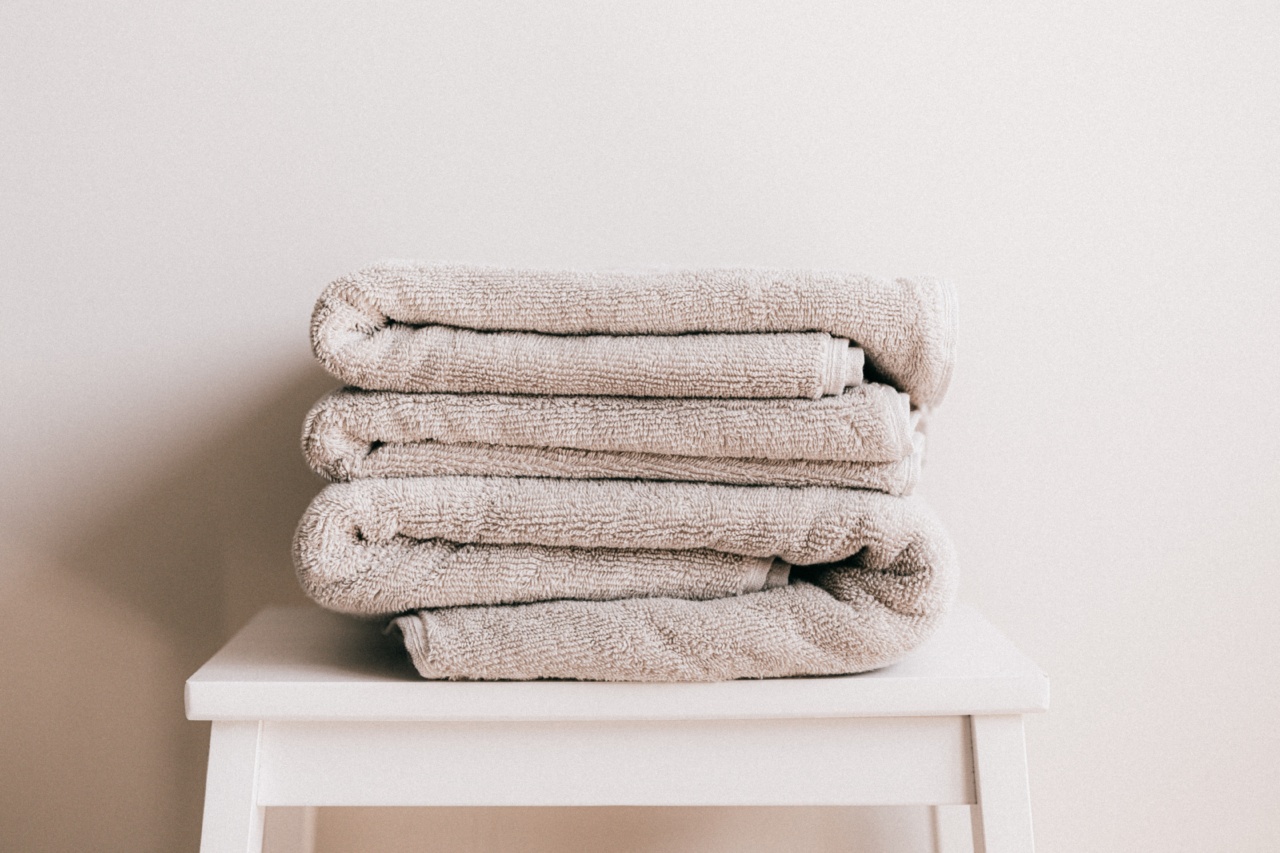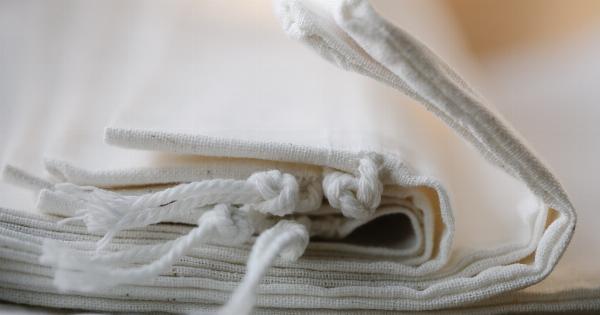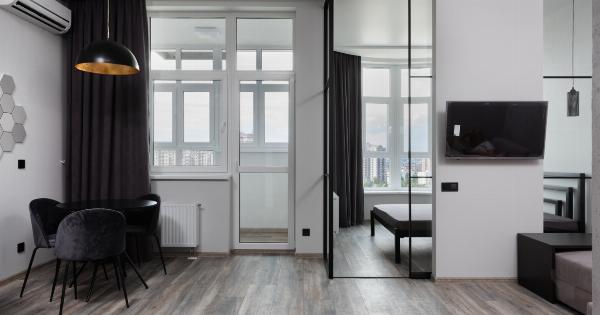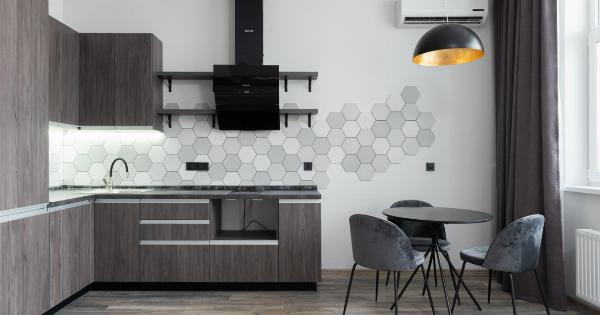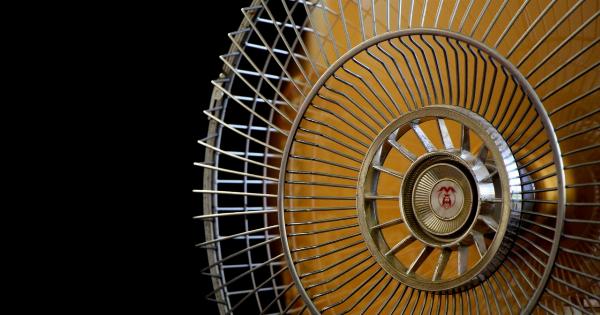Humidity can be a nuisance in any home. It can cause musty odors, mold growth, and make the air feel heavy and uncomfortable. Fortunately, there are simple tricks you can use to keep your home dry and comfortable.
In this article, we will share some effective methods to reduce humidity and create a more pleasant living environment.
1. Use a Dehumidifier
One of the most effective ways to control humidity in your home is by using a dehumidifier. These devices extract moisture from the air, helping to lower the humidity levels in your home.
Place a dehumidifier in areas with high humidity, such as basements, bathrooms, or laundry rooms. Set it to the appropriate humidity level to maintain a dry environment.
2. Improve Ventilation
Poor ventilation can contribute to high humidity levels in your home. Ensure that your home is properly ventilated by opening windows and using exhaust fans in areas prone to moisture, such as the kitchen or bathroom.
This allows the moist air to escape and fresh air to circulate, reducing humidity levels.
3. Repair Leaks and Seal Cracks
Leaks and cracks in your home can let moisture in, increasing humidity levels. Inspect your home for any leaks or cracks and repair them promptly. Pay attention to areas such as windows, doors, pipes, and roofs.
By sealing these gaps, you can prevent excess moisture from entering your home.
4. Use Air Conditioning
Air conditioning not only cools your home but also helps to reduce humidity levels. When cooling your home, an air conditioner removes moisture from the air, lowering the humidity.
Ensure that your air conditioning unit is properly maintained and the filters are clean for optimal performance in controlling humidity.
5. Utilize Natural Drying Methods
Take advantage of natural drying methods to remove excess moisture from your home. Hang wet clothes outside to dry instead of using indoor drying racks. If weather permits, open windows and let the breeze carry away the moisture.
Using these methods can significantly reduce humidity levels in your home.
6. Keep Houseplants in Check
While houseplants have many benefits, they also release moisture through a process called transpiration. If your home has high humidity levels, it is advisable to limit the number of houseplants or keep them in well-ventilated areas.
Additionally, avoid overwatering your plants, as excess water can increase humidity in your home.
7. Install a Vapor Barrier
A vapor barrier is a material used to prevent moisture from seeping into walls, ceilings, or floors. It acts as a barrier to prevent the transfer of water vapor.
Installing a vapor barrier in areas prone to moisture, such as basements, can help to reduce humidity and prevent mold growth.
8. Use Moisture Absorbers
Moisture absorbers, such as desiccants or silica gel, can be placed in high-humidity areas to soak up excess moisture. These can help reduce musty odors and prevent mold growth.
Replace or recharge the moisture absorbers as needed to maintain their effectiveness.
9. Monitor Indoor Plants and Aquariums
Indoor plants release moisture through transpiration, and aquariums also contribute to the humidity levels in your home. Monitor these sources of moisture and ensure they are not causing excessive humidity.
Consider using a dehumidifier near these areas to maintain a drier environment.
10. Regularly Clean and Maintain
A clean and well-maintained home is less likely to have humidity issues. Regularly clean surfaces prone to moisture, such as bathrooms and kitchen countertops, to prevent mold growth.
Inspect and maintain your HVAC system to ensure it is functioning properly and effectively controlling humidity.
